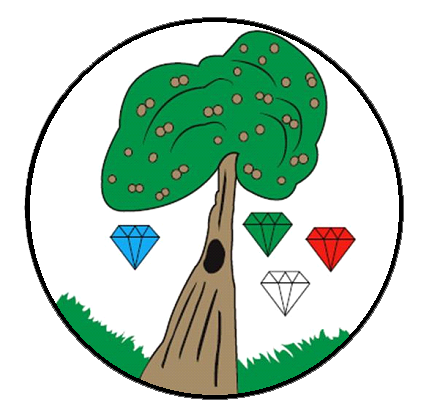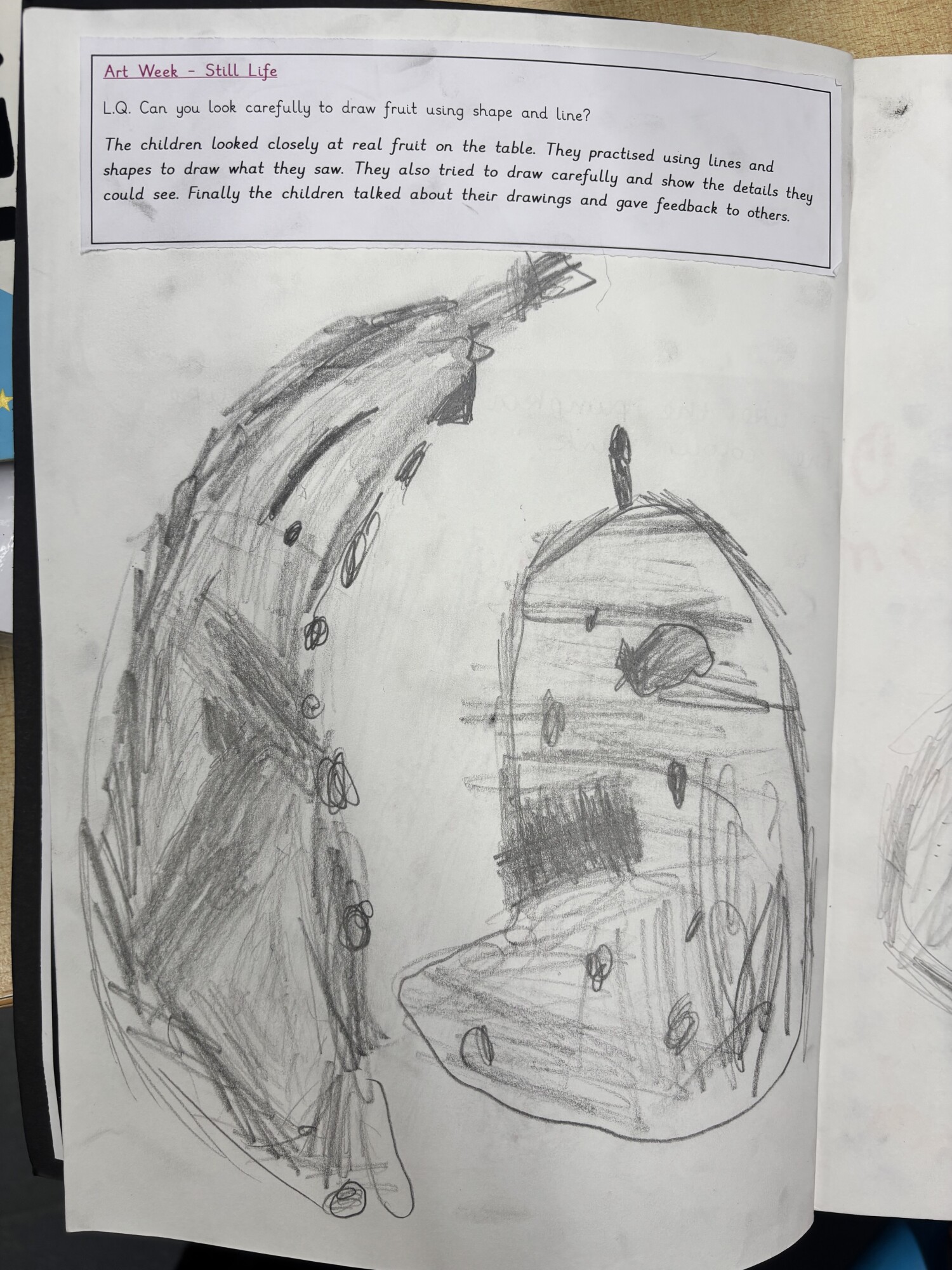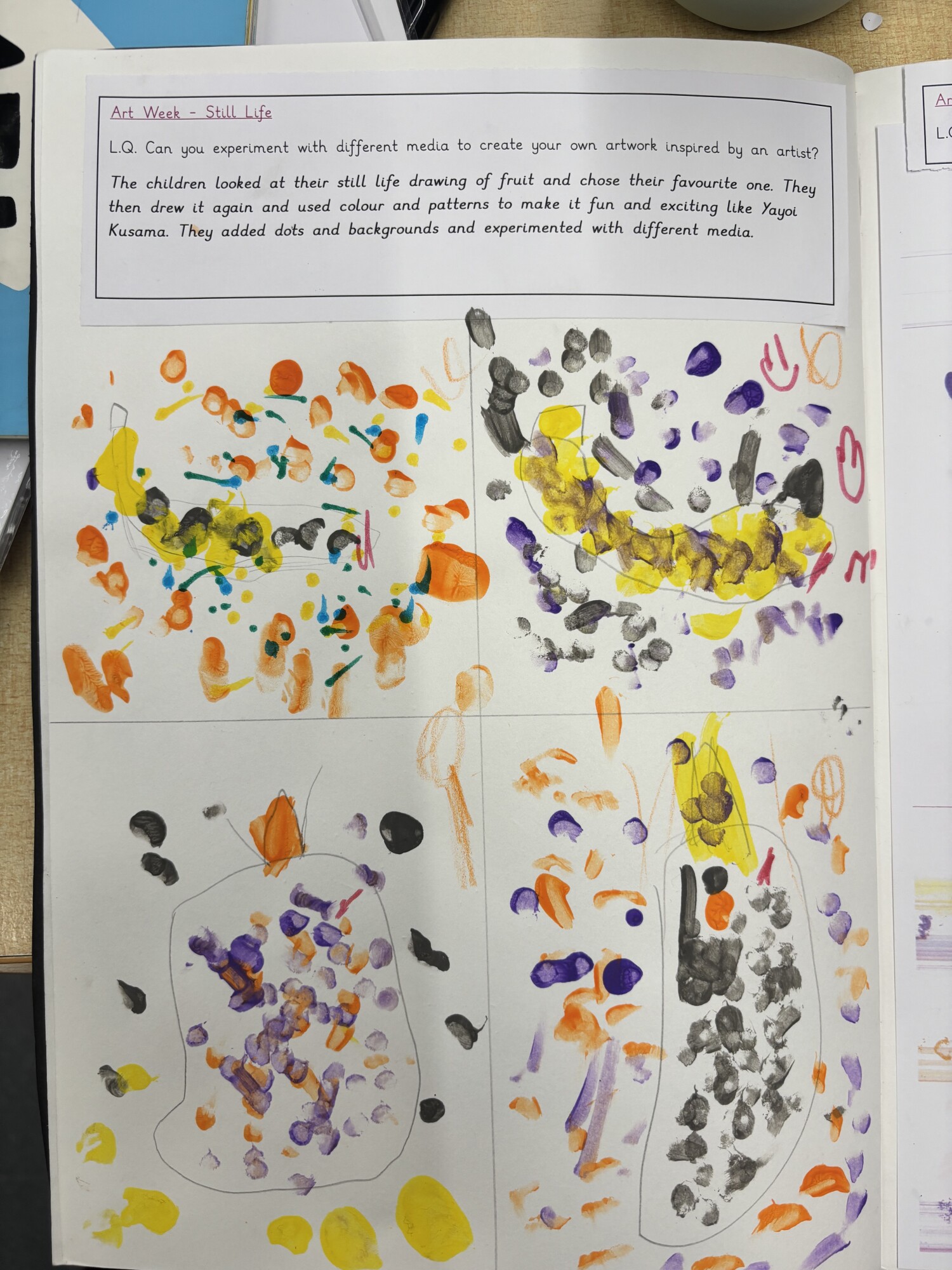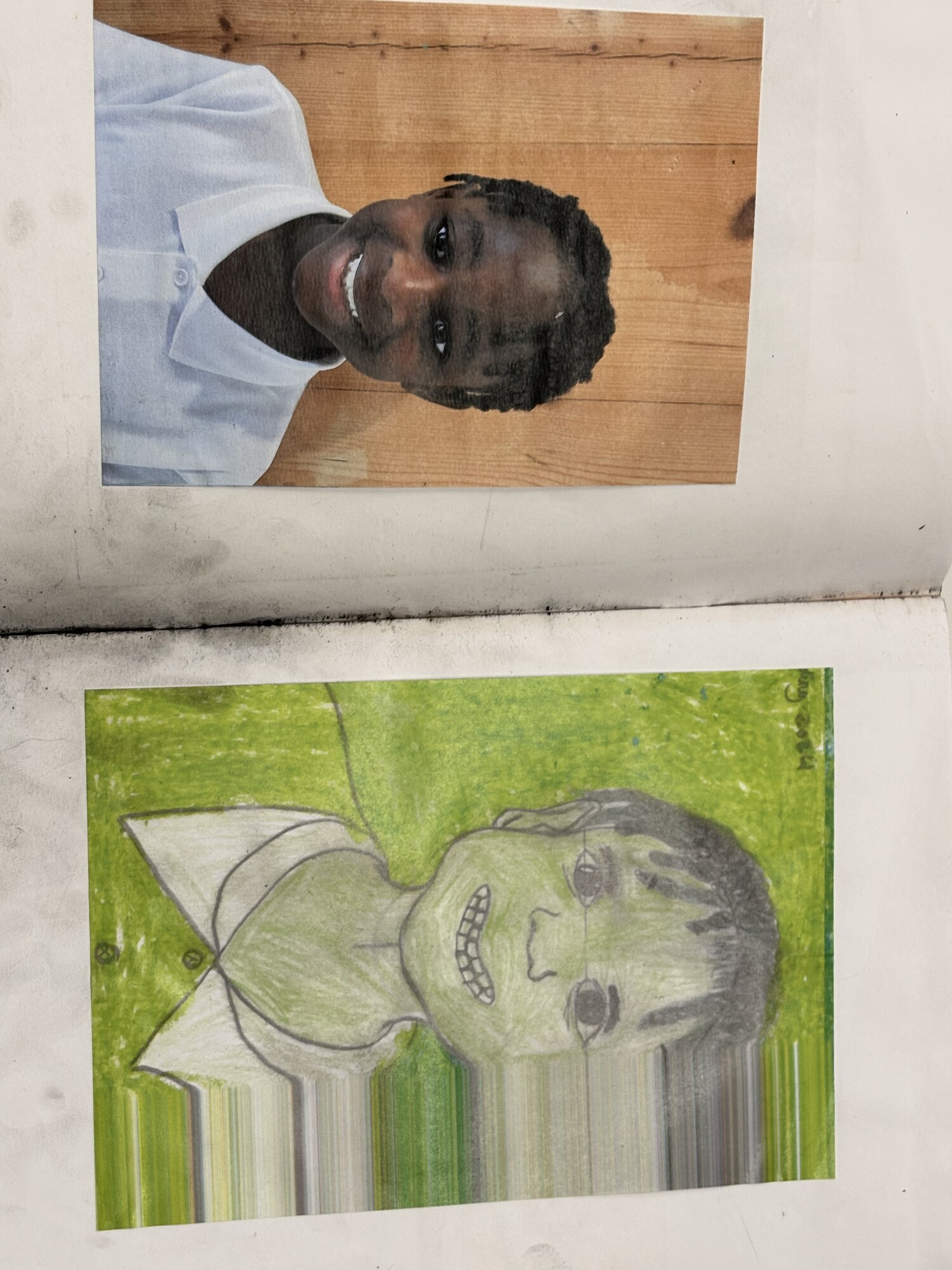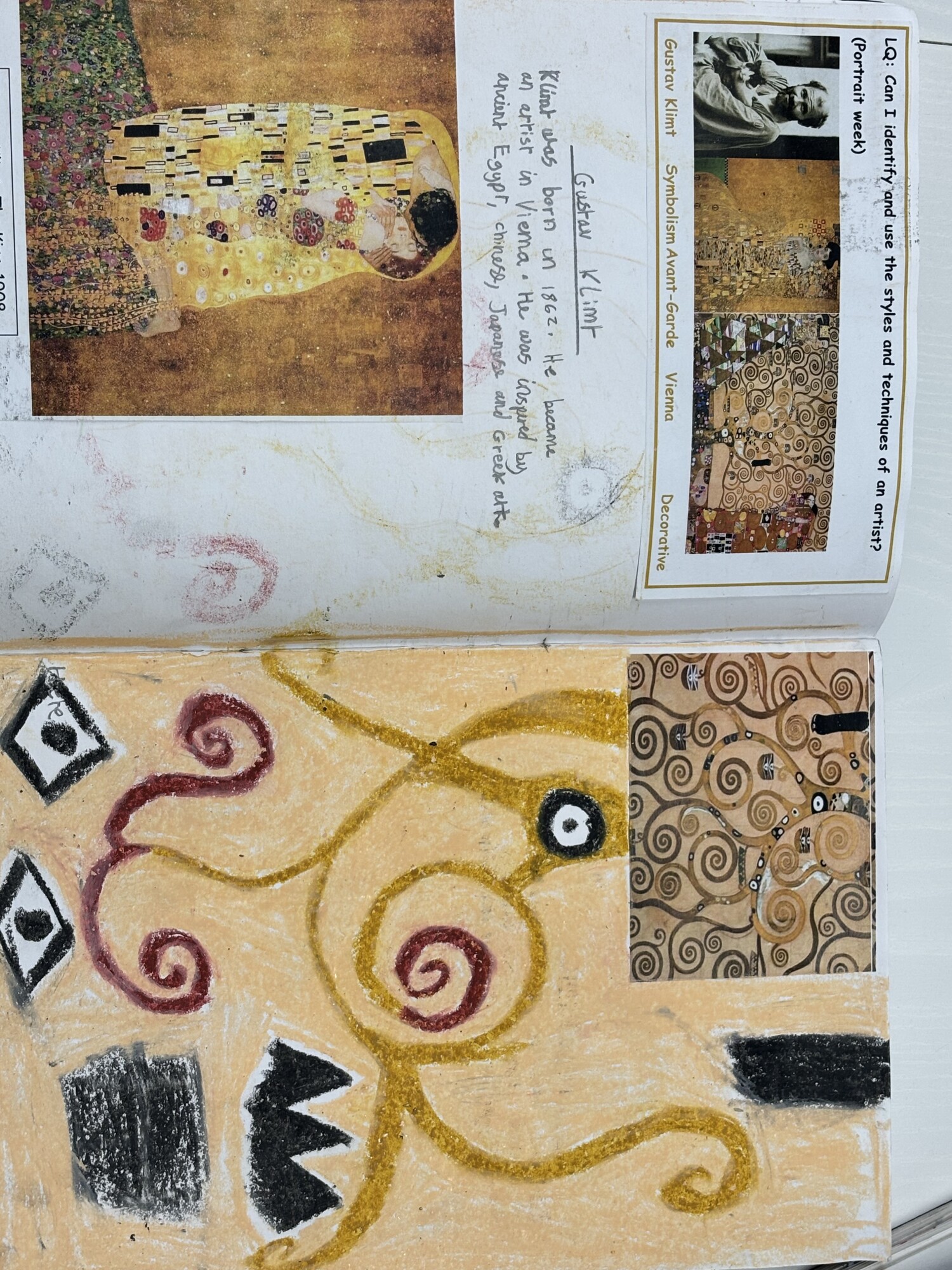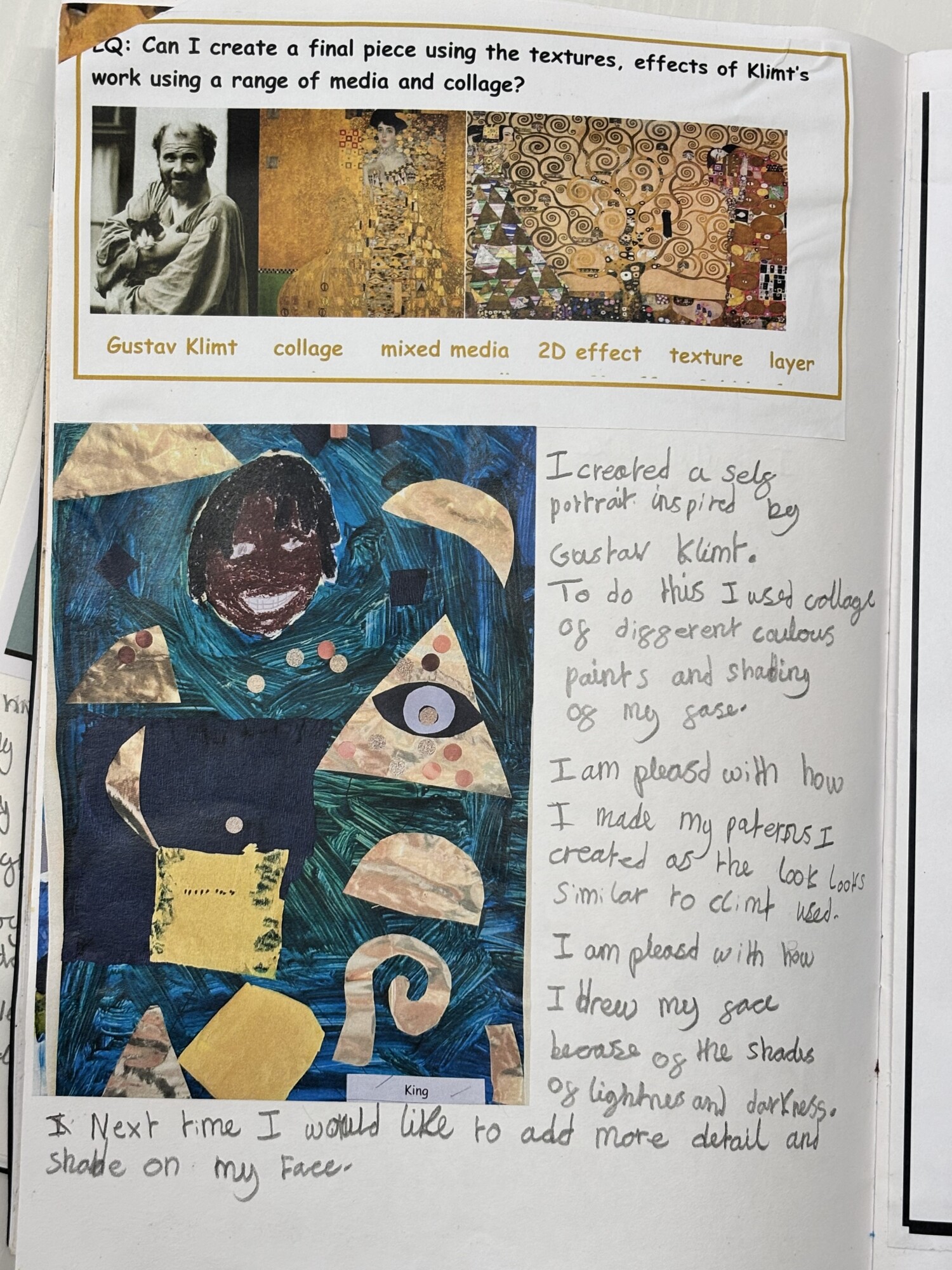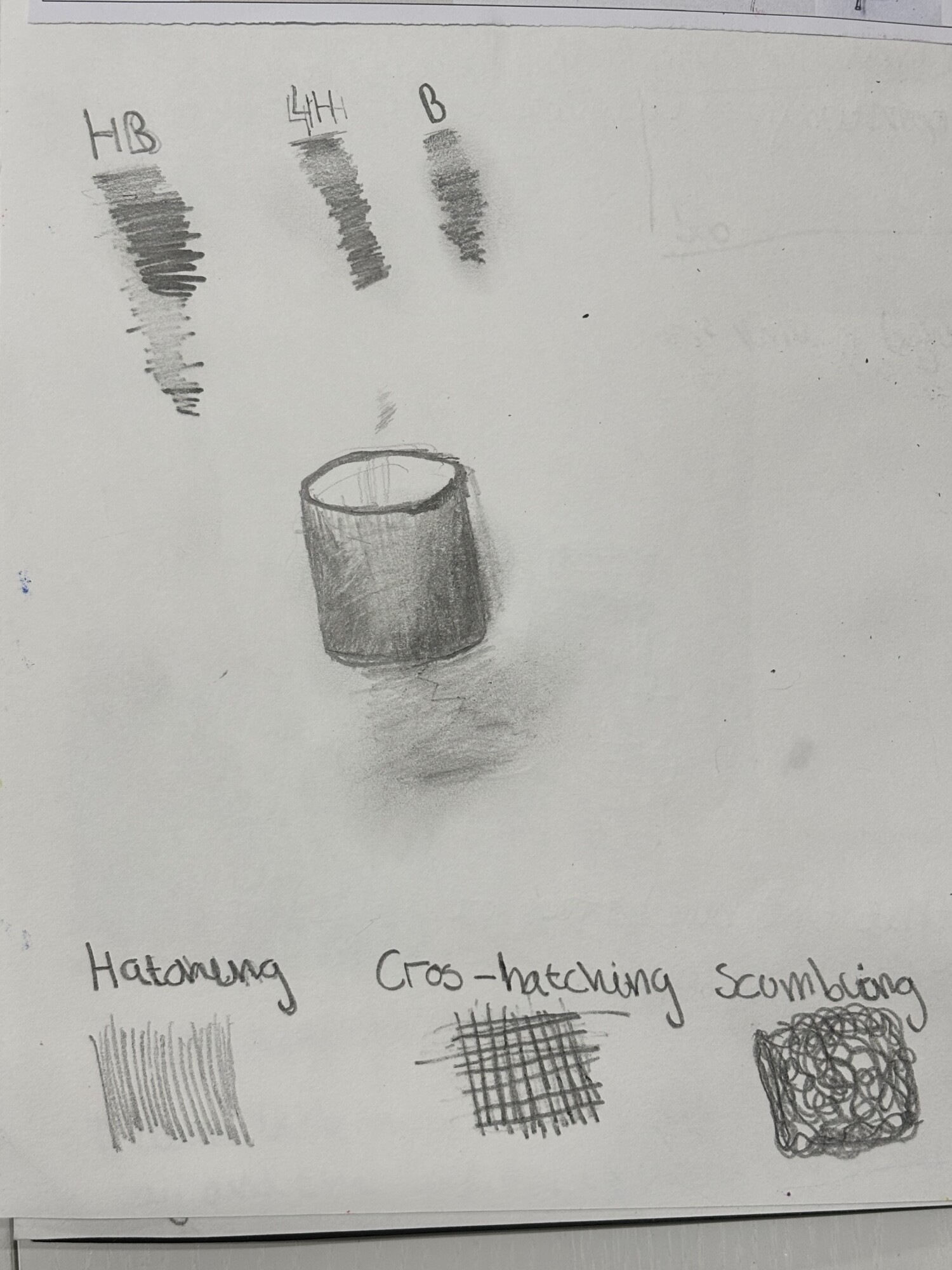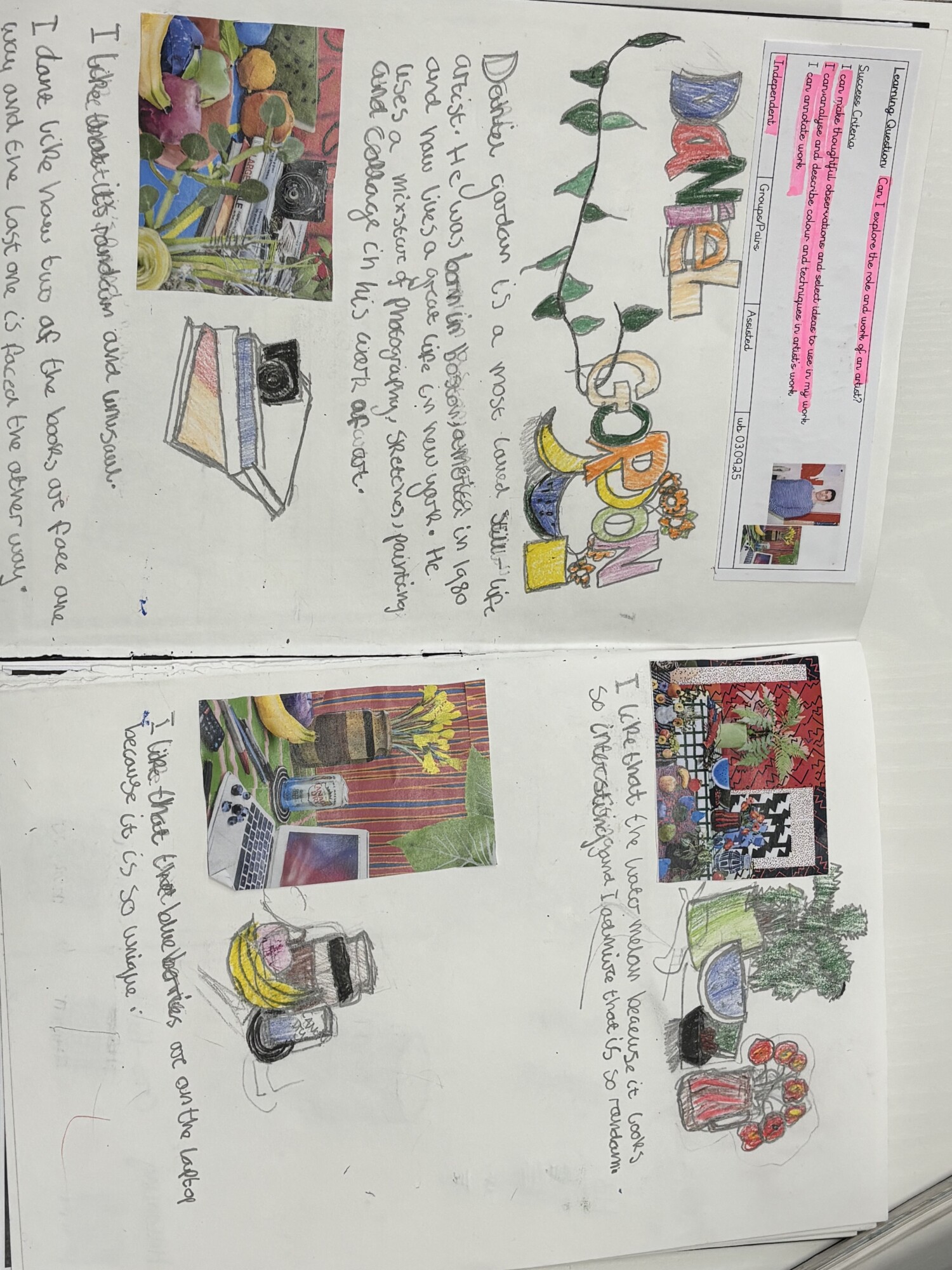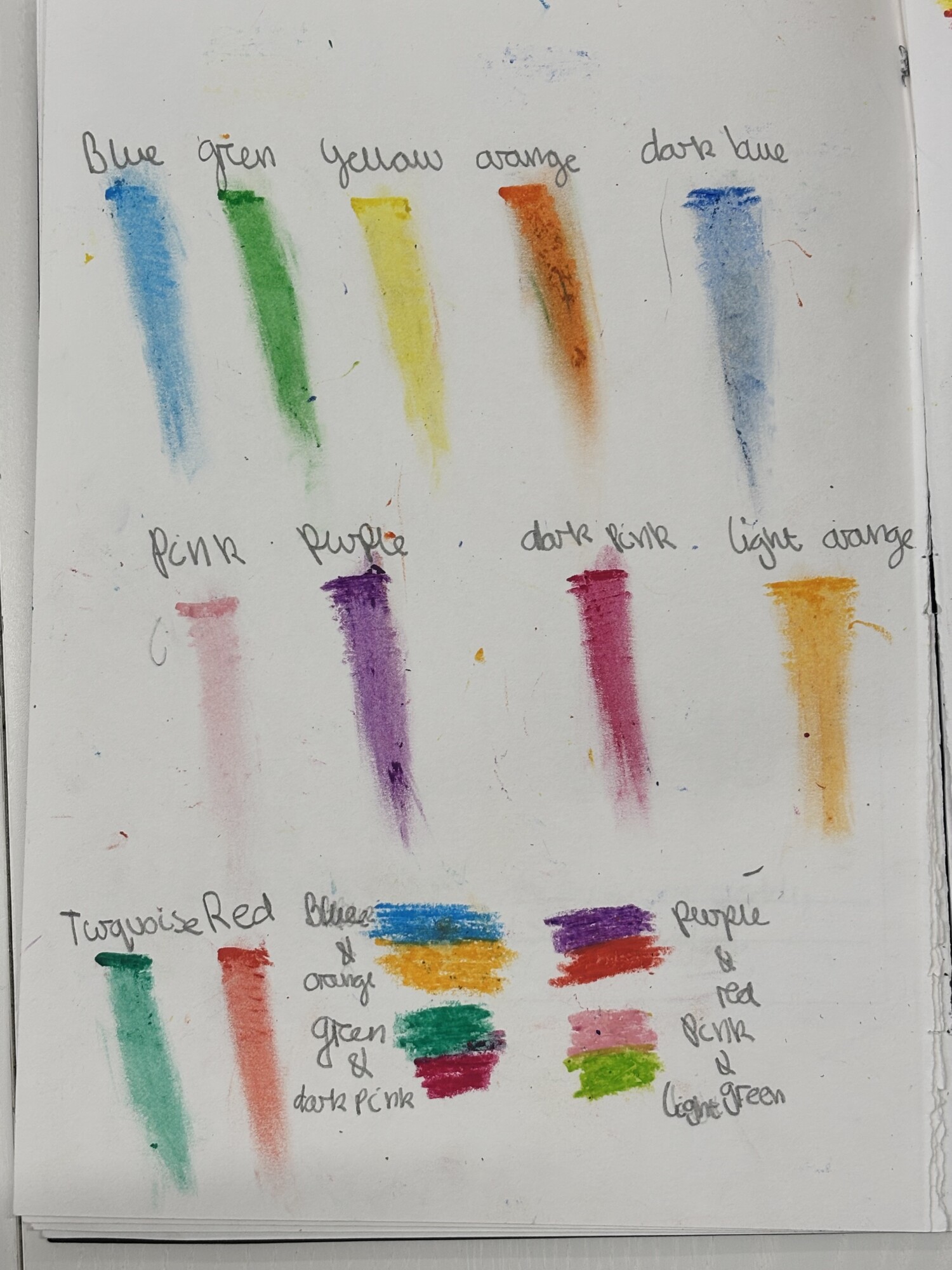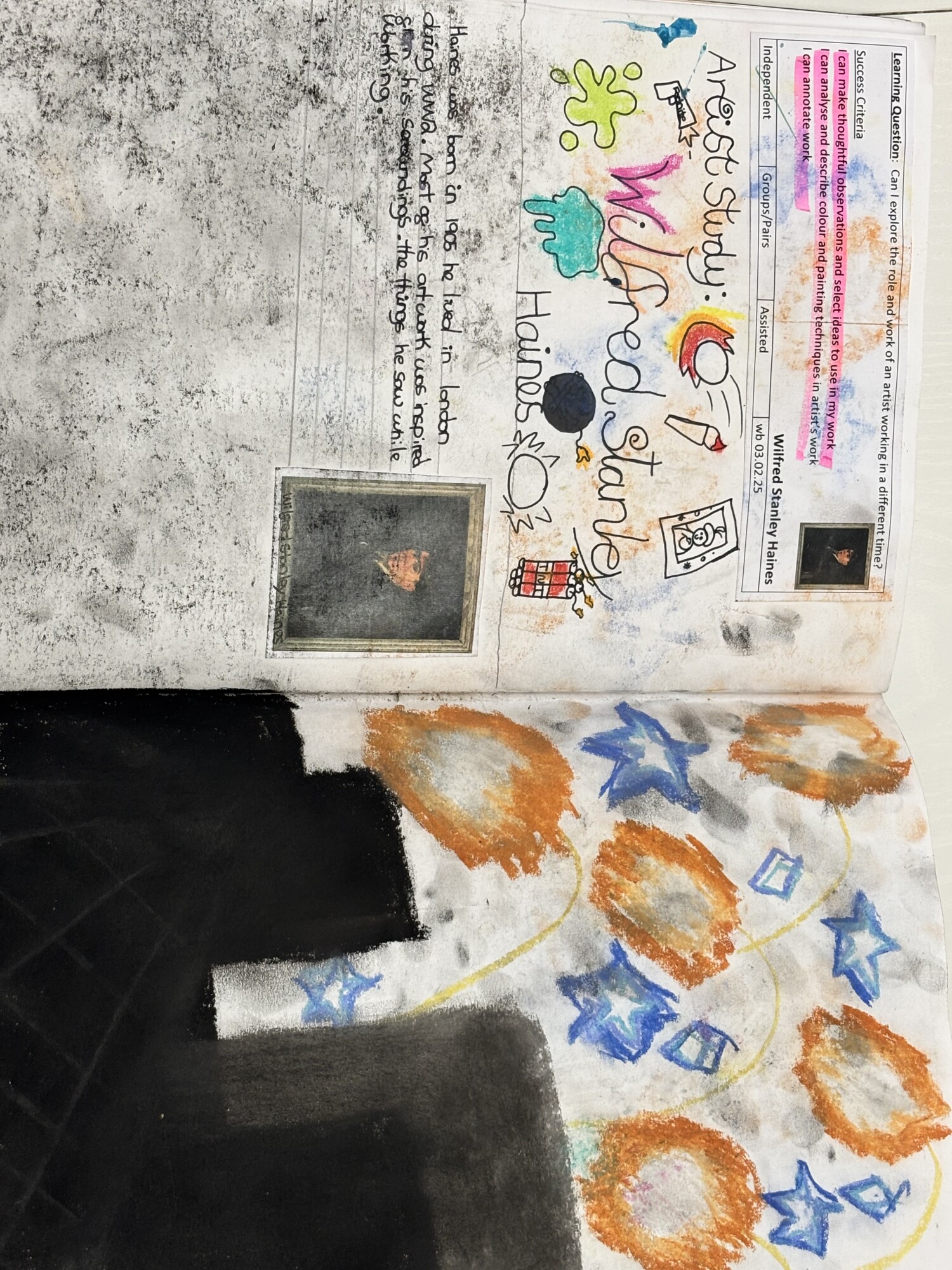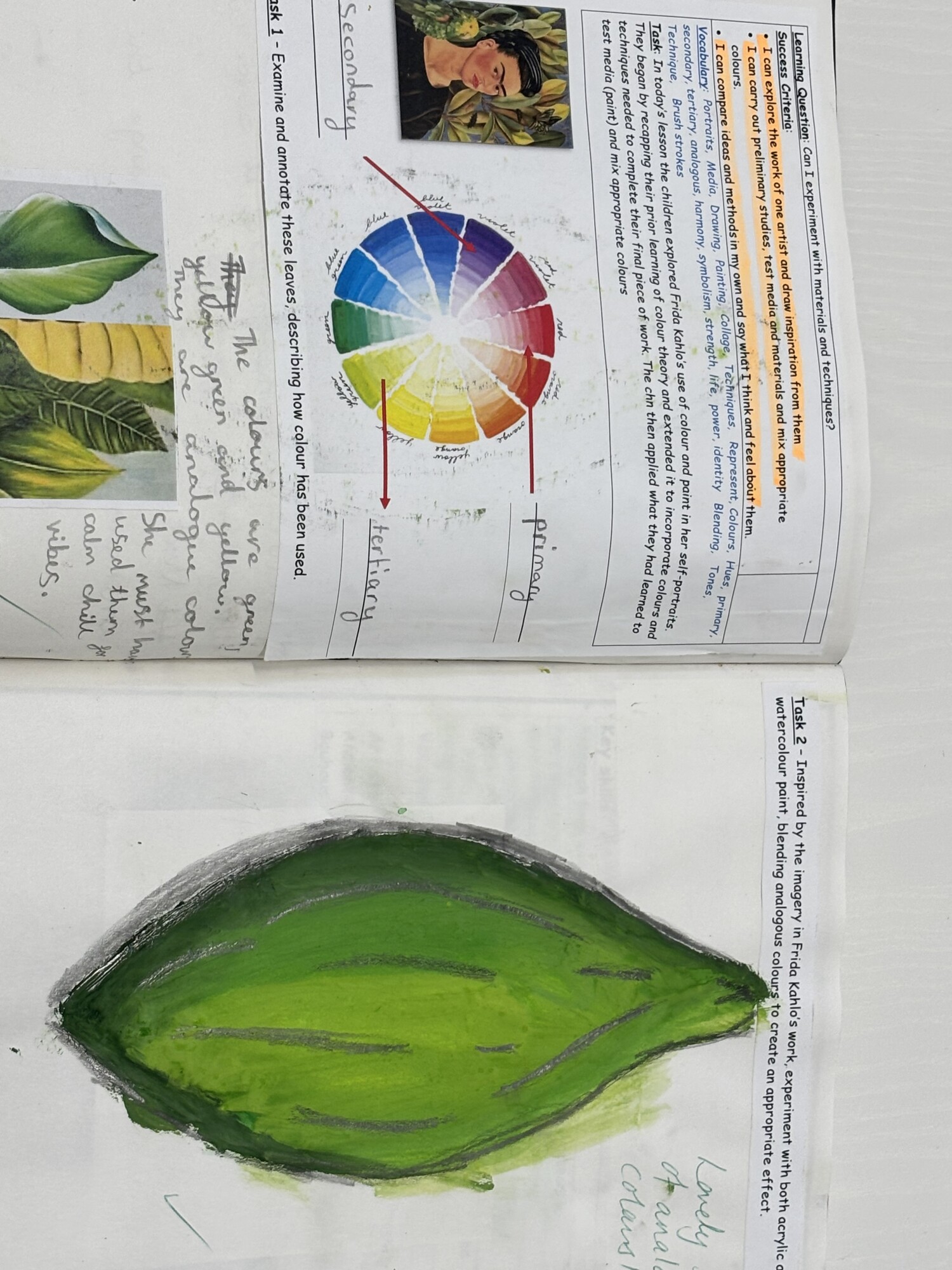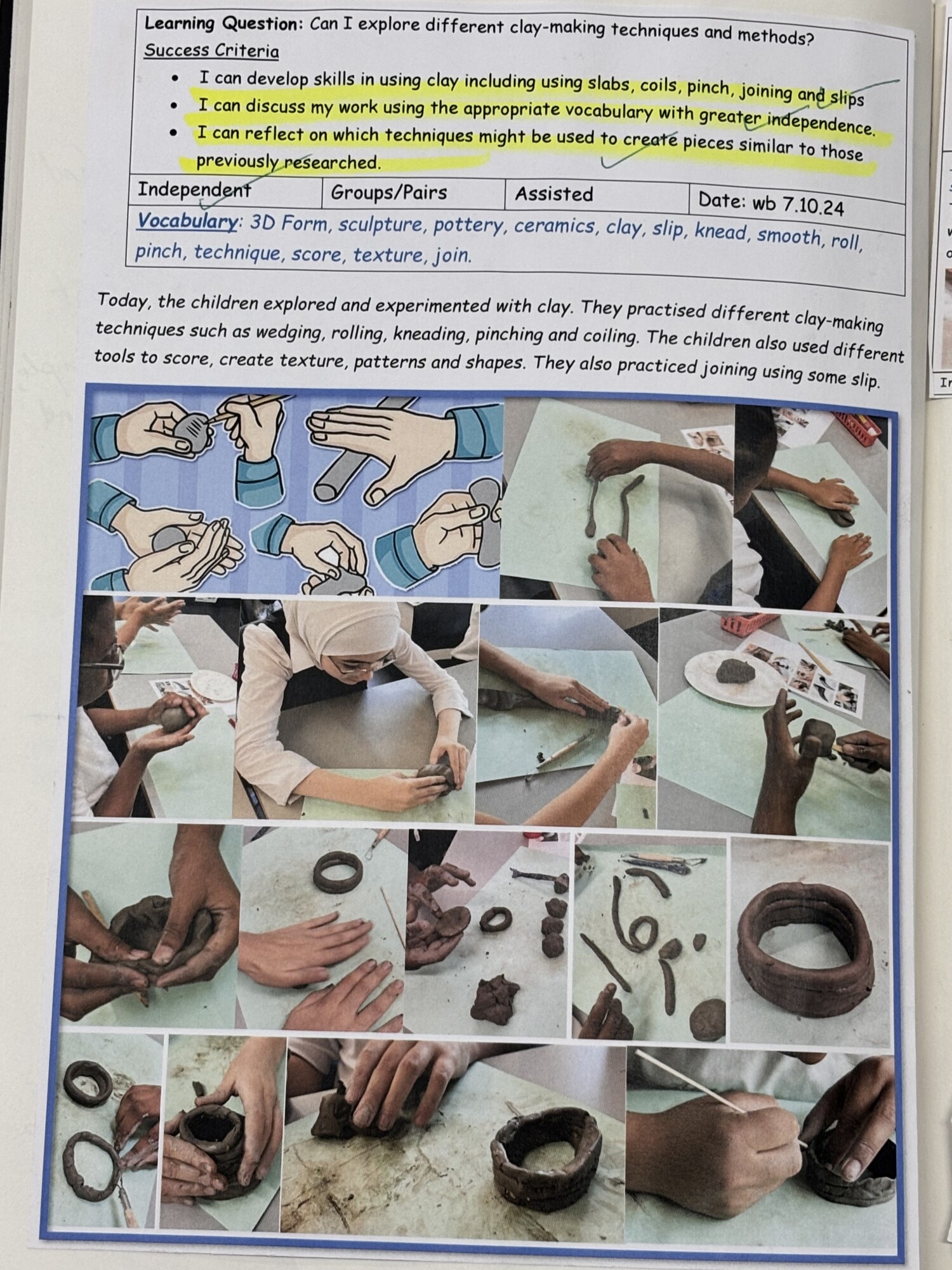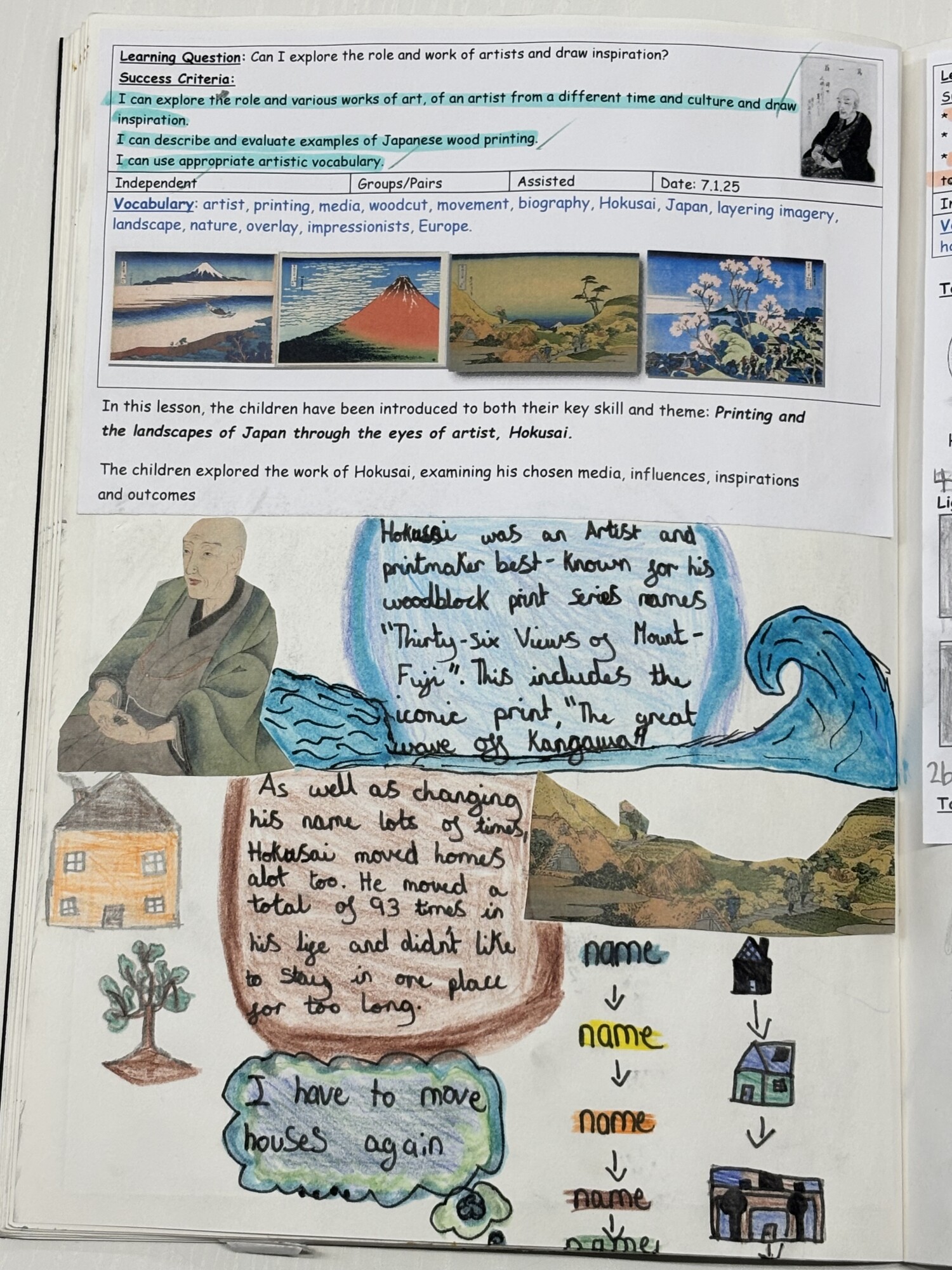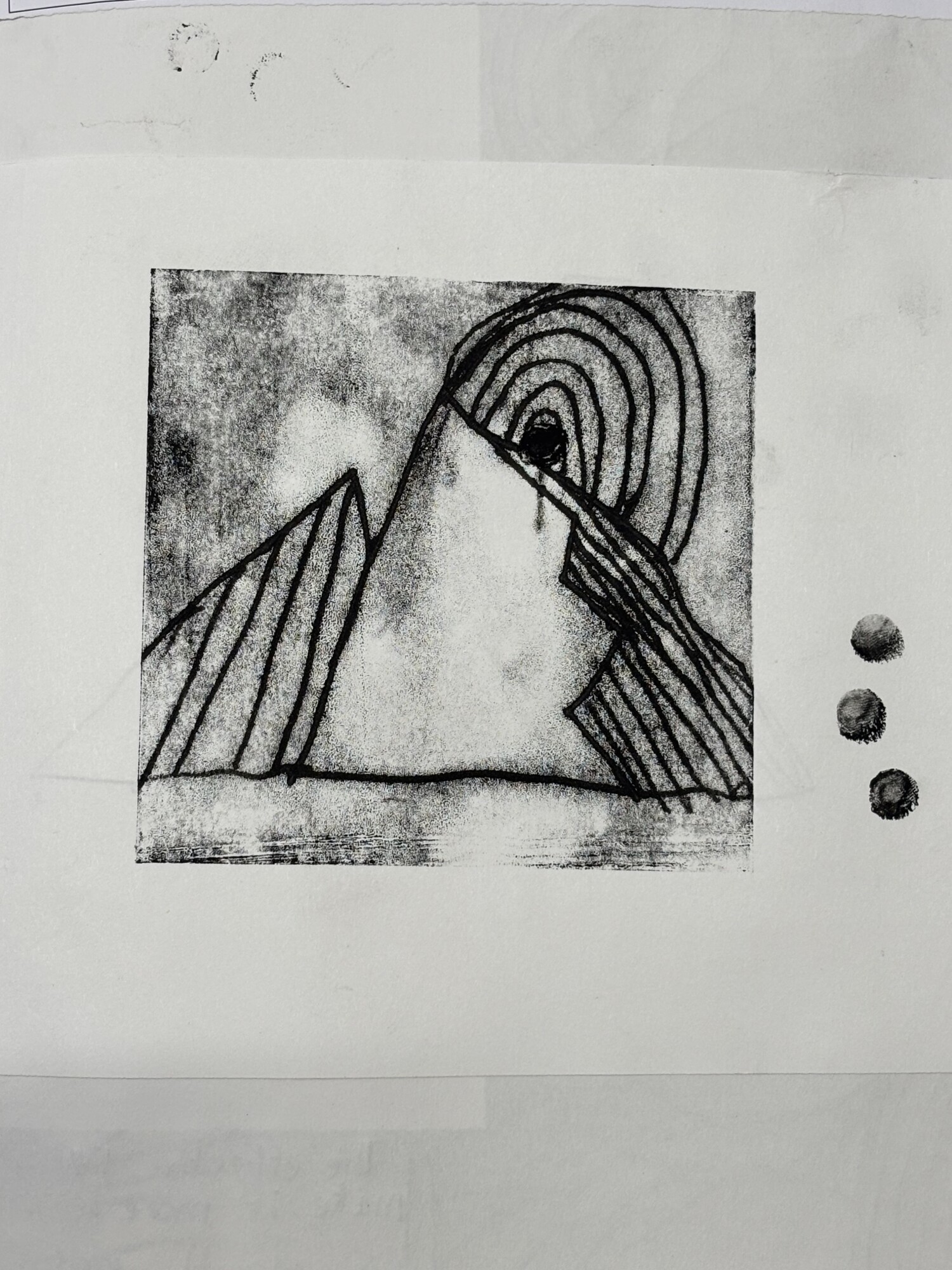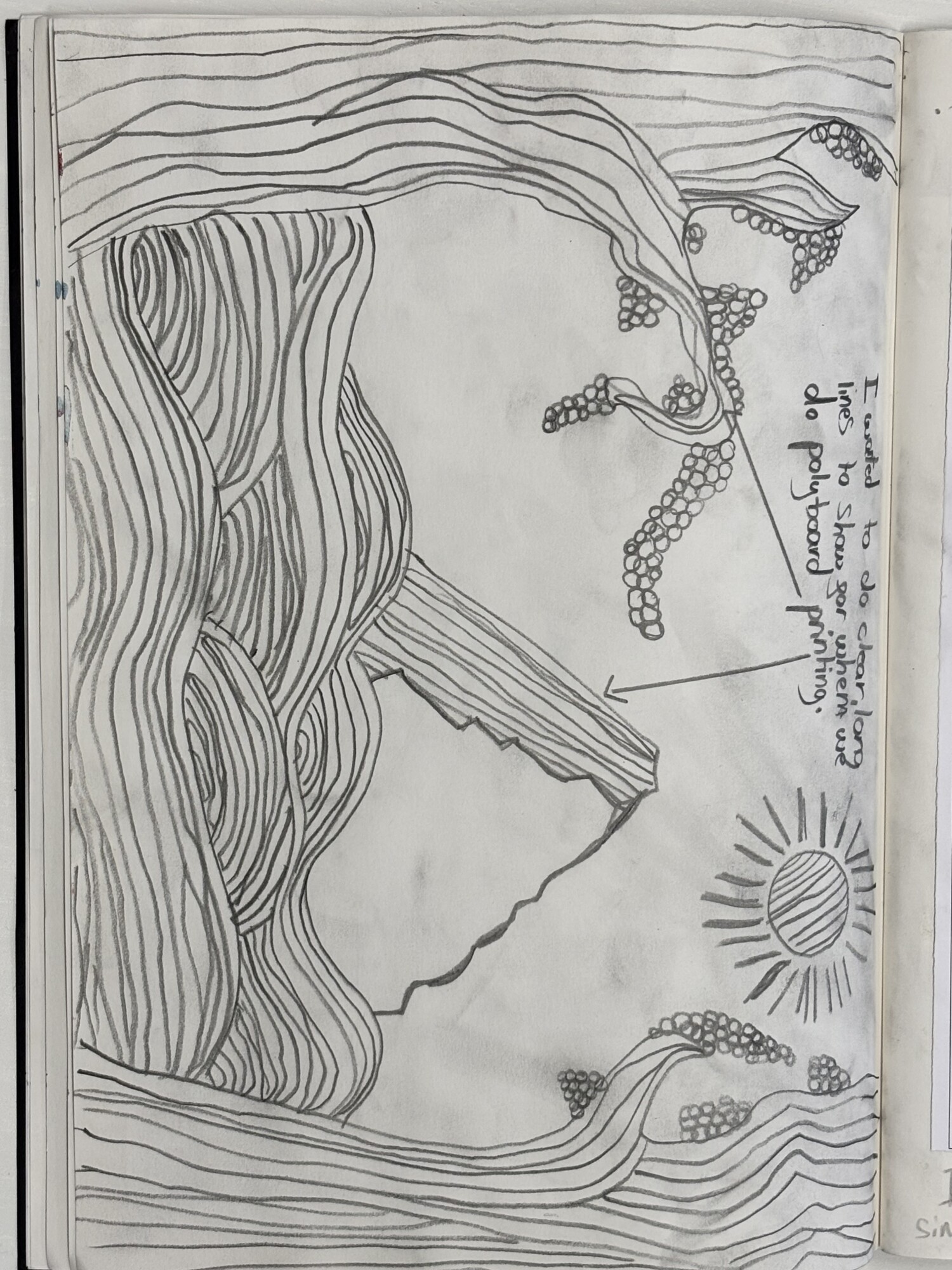Learning Hub
Art
ART AND DESIGN
At Keyworth Primary School, we believe that it is every child’s right to have the creative freedom to express themselves and their individuality; to be curious and inspired; to explore different ideas, themes, styles and cultures in an environment that is respectful and values inclusivity and innovation. Through our art curriculum, we aim to equip our children with the knowledge and skills needed to investigate, experiment, refine and create: each year, building upon their learning from the previous year. We encourage our children to think critically about their own practice and that of others, to reflect upon and be inspired by the work of great artists from different countries and cultures and recognise the ways in which their work has contributed to and reflects society.
Progression in Art and Design
Year 1
In Year 1, the children begin to build upon their creative experiences from Reception through three Art and Design topics spread across the year. These are often linked to their History or Geography learning, giving the work deeper context—for example, a drawing and painting unit based on the topic Our Grandparents. Each topic focuses on a key artistic skill, which is developed throughout the year and across future year groups. Children develop their skills in drawing and painting, 3D form through sculpture (Polar Regions), and printing (The Amazon). They explore ideas from first-hand observation, experience, and imagination, and begin to understand the differences and similarities in the work of artists from different cultures and time periods. The children start to experiment with different tools and media, draw from observation, and begin to explore colour theory by mixing primary and secondary colours.
Year 2
In Year 2, the children continue to develop their skills in drawing and painting, as well as collage and textiles, with work linked to their History and Geography topics: Kenya, Women Who Changed the World, and The Seaside. They build on their understanding of different materials and techniques, learning to use them more confidently and creatively. The children explore the work of a wider range of artists and craftspeople in different times and cultures, noting similarities and differences in style, technique, and cultural context. They also begin to evaluate their own and others' work, using simple art vocabulary to reflect on what they like and what they might improve. This reflection encourages them to think more deeply about their artistic choices and the creative process
Year 3
In Year 3, the children further develop their artistic knowledge and skills through topics such as Mountains and Volcanoes (3D form), Ancient Egypt (collage and painting), and South America (printing). They begin to analyse the work of different artists and crafts people more closely, considering techniques, themes, and materials used, and use these insights to inspire their own creations. Their painting and collage work builds on what they learned in Year 2, while their printing skills also become more refined. The children continue to evaluate and compare their work, using increasingly sophisticated language and making connections between their ideas and the outcomes. They show greater confidence in modifying their work, explaining the changes they make and considering how they could improve or extend their ideas.
Year 4
Year 4 provides opportunities to explore a broader range of media and techniques through topics such as London at War (painting), Rivers (collage, printing, and marbling), and The Romans (sculpture). The children are introduced to a variety of contemporary and historical artists and craftspeople, using them as inspiration. They continue to document their artistic journey through written reflections and annotations in their sketchbooks, using more complex vocabulary to describe their processes and outcomes. As they experiment with tools and media, they become more confident in making informed artistic decisions and explaining their choices. They also learn to refine and improve their work, often working over longer periods to complete more detailed and thoughtful pieces.
Year 5
In Year 5, through themes such as The UK, The Victorians, and North America, the children build on their previous learning in printing and sculpture, while also beginning to explore digital media. They experiment with digital tools and programs, considering how different artists—both past and present—have used technology in their work. Alongside digital exploration, they continue to develop skills in 3D form and printing, showing greater independence in their planning, execution, and reflection. The children demonstrate a more mature approach to research and evaluation, making thoughtful decisions about materials and techniques. They are increasingly able to organise and adapt their work independently, showing pride in their artistic outcomes.
Year 6
By Year 6, the children have developed a strong foundation in a range of artistic skills, which they extend through topics such as Europe, Ancient Greece, and Printing. They refine their abilities in drawing, painting, sculpture, and printing, experimenting with more advanced techniques and developing personal responses to the themes explored. They draw inspiration from a wide range of artists, designers, and craftspeople, analysing their work with a focus on context, intention, and style. The children regularly reflect on their work, both verbally and through sketchbook annotations, articulating their ideas using a sophisticated art vocabulary. They evaluate their own and others' work thoughtfully, considering artistic choices and cultural influences. By the end of the year, they are confident, reflective artists capable of producing meaningful, well-crafted pieces that demonstrate creativity, skill, and critical thinking.
